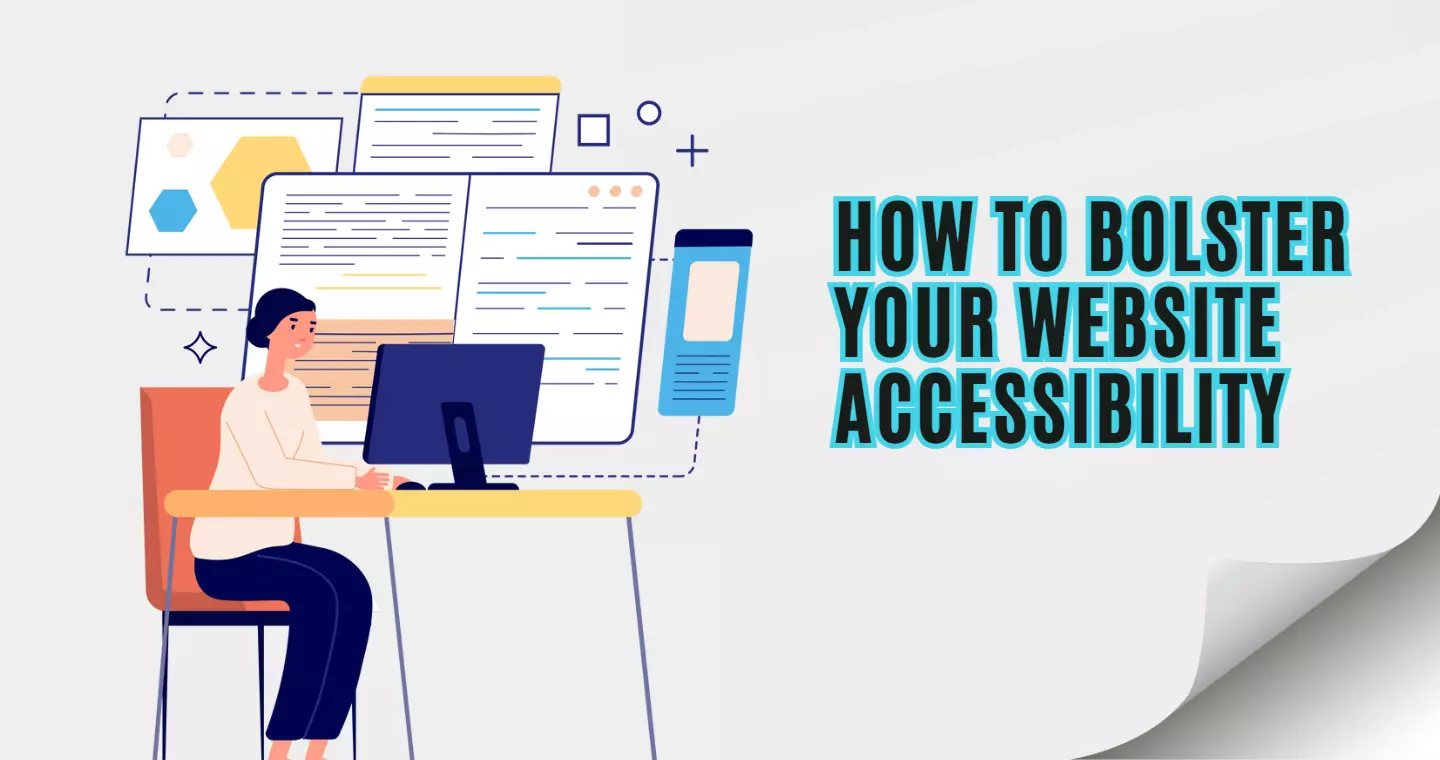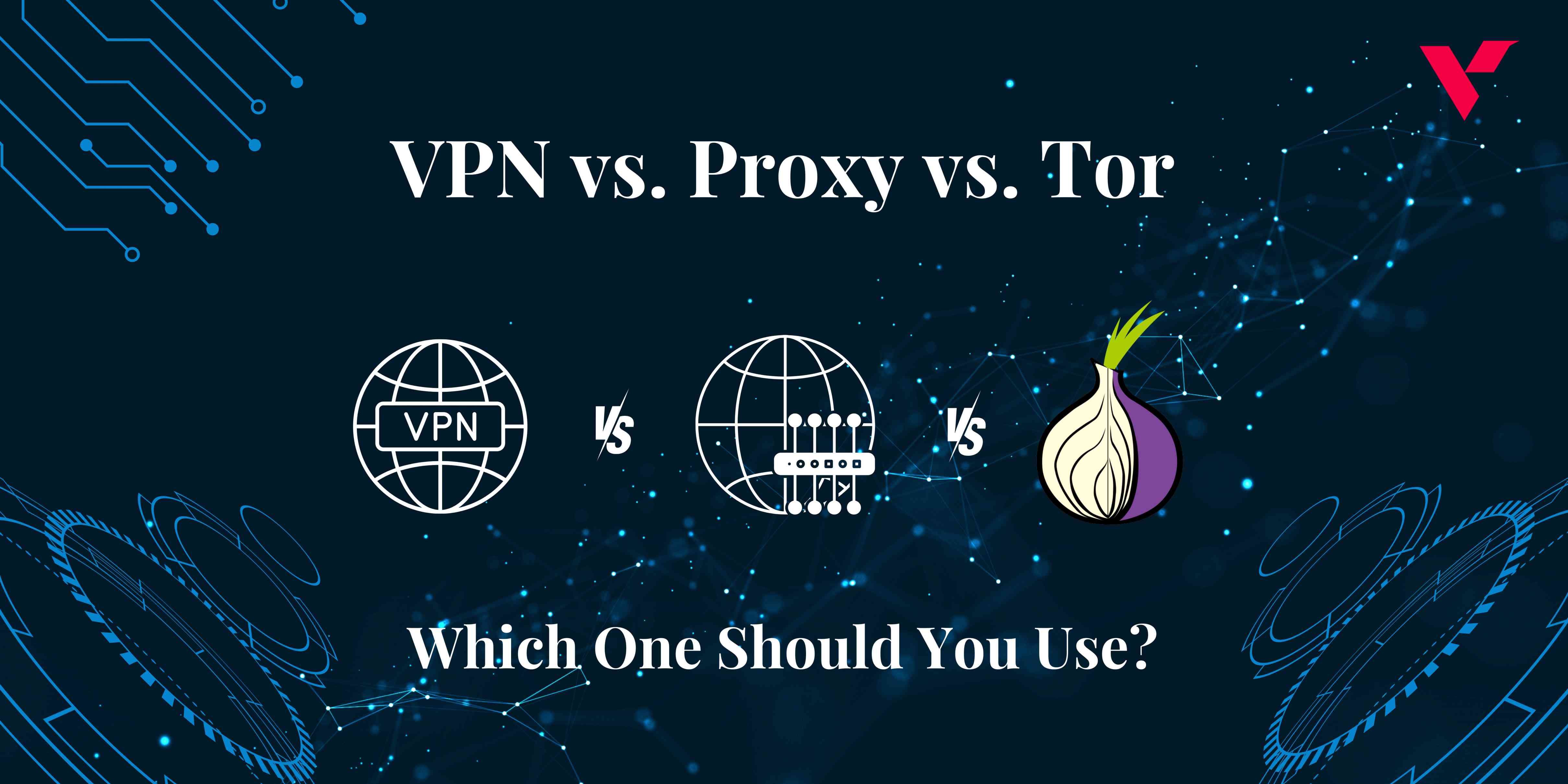Popular Tools by VOCSO
Matters of website accessibility are among the most overlooked when it comes to web development, but they remain an essential consideration for anybody who’s seriously interested in attracting as large an audience as possible to their pages.
Web design trends are constantly evolving, with new styles and techniques emerging each year. However, it’s important to keep in mind that accessibility should always be a top priority in web design. Accessibility refers to the design of a website in a way that allows people with disabilities to access and use it effectively.
Accessibility can often be papered over due to them coming into direct conflict with design ideas, or grandiose landing page features, but in ignoring your accessibility, you’re essentially closing the door to countless prospective customers living with impairments.
Despite the perception that accessible websites must sacrifice design to incorporate stronger contrasts, larger fonts, and overly simplified navigation options, there’s nothing stopping website owners from creating striking and impactful designs that cater to all users.
What’s more, is that building an accessible website is easier than many owners think, and in some cases, a big improvement is possible after a small series of adjustments.
With this in mind, let’s take a deeper look into seven key ways in which website owners can boost their accessibility for all audiences:
Table of Contents
1. Ensure that Your Pages can be Browsed Without a Mouse
For users with mobility difficulties, a mouse or a trackpad can be an extremely difficult tool to use when navigating the web. Repetitive stress injuries can make the use of a mouse particularly difficult, and many users utilize keyboards, single-switch input devices, or mouth sticks as their sole means of exploring websites.
It’s worth building your pages with non-mouse users in mind, and for long pages featuring lots of content, it’s important to break the copy up with anchor links (or jump lists), which can help keyboard-only users quickly navigate to the sections that they want without having to sift through other content first.
2. Remember to Support Images with Alt Text
The best websites utilize pictures to help visitors to enjoy a better on-site experience and to support content and information about products and services. In a nutshell, the use of images on websites is invaluable to the overall experience of your audience.
However, their impact can be lost on users who experience vision impairments. Today, many users rely on Screen Reader programs or refreshable Braille Readers. These come in the form of software programs that read the text on the screen with the help of a synthesizer or braille display.
While Screen Readers can be very useful and descriptive, they’re incapable of acknowledging images without any additional information added. This means that blind visitors will miss out on key areas of your website. To remedy this, consider adding Alt Text to better describe your images to users with impairments.
Remember to be as descriptive as possible, rather than simply adding supporting information to the image itself.
3. Choose Your Colors Carefully
This is the part where some web designers feel that their creativity can be stifled, but this doesn’t have to be the case.
Creating an accessible layout for your website will mean choosing a color palette that’s suitable for everybody to see. Clashing colors can be very difficult for individuals with impairments to distinguish.
Picking a suitable color palette can be tricky business. Almost 8% of all men have some form of color vision deficiency (CVD), which is known as red/green color blindness, so it’s not advisable to use these colors or variations of these colors as a dominant part of a color scheme.
Likewise, it’s ill-advised to use colors that blend too closely together when building a website, as this could be difficult for users with vision impairments to differentiate, and could even cause risks, such as eye strain in younger visitors.
However, it’s still worth utilizing different color schemes to structure your content, as it can be useful for users with learning difficulties.
With this in mind, it’s worth finding a healthy balance between contrasting colors. Avoid ugly contrasts, but ensure that your content and call-to-actions are easy to distinguish. Using color palette generator tools can help you in this regard, as the tool allows users to pick color schemes based on accessibility as a priority.
4. Use the Right Tools to Help
It can be tricky for web developers to know exactly what works and what doesn’t when it comes to accessibility, but fortunately, there are many tools available that can help you to master your accessibility options online.
Platforms like WAVE Web Accessibility Evaluation Tool can be great in providing data-driven insight into how all users view your pages. To use WAVE, you simply need to enter the URL of the page you’re interested in evaluating to view a report based on the accessibility.
The tool can provide feedback on how to enhance accessibility, like adding alt text to the right images and ensuring that contrasts are sufficient for all users.
5. Ensure Content Remains Structured
Another key consideration to make is to ensure that your content maintains a suitable headings structure. This means adding H1, H2, H3, and H4 headings wherever appropriate.
Again, this may seem like a notion that could negatively impact your page design, but this structure can help to make your content more recognizable and easy to digest for users. In addition to this, headings and subheadings can be great for aiding screen readers as they interpret the content on your pages.
For instance, you should only have one H1 tag on your page, which acts as your title, while H2s should be used for subheadings, with more subheadings denoted with H3s, and so on.
6. Always Caption Video Content
The internet is constantly evolving to accommodate new technologies to power websites. Although video content is nothing new, it’s becoming far more accessible for websites to add to their pages with relative ease.
However, the positive impact of video content is lost if not all visitors can hear what’s being said. With this in mind, it’s essential that you add either closed or open captions that are embedded in the video file.
Be sure to check that your captions are accurate and properly synchronized with your video content before going live. This measure can also be a great tool for visitors who are watching in places where it’s not possible to listen in.
7. Keep Things Clear
Although this is a point that doesn’t directly involve the design aspect of a website, it’s vital that you always ensure that the language you use on your pages remains clear and simple.
To create a truly accessible page, you must ensure that everyone, including those with cognitive impairments and low reading literacy, can still comfortably understand your content.
Be sure to review your on-site content to check whether the language used is suitable for all intended audiences.
Although the challenge of making your content accessible for everyone can sometimes seem like a minefield–particularly when you have a clear idea of what you want your pages to look like, a fully inclusive website can reap the benefits of appealing to the largest possible audience in a more meaningful way.
With this in mind, you’re more likely to earn more engagement with your content, and conversions for purchases, mailing list sign-ups, or social media follows. No matter how you approach it, accessibility is the key to taking your site to the next level.
How can VOCSO help here?
VOCSO is a custom web and mobile application development company offering custom CMS development, custom website design and development, custom web application development, and custom mobile app design and development services in and out of India.
We also provide dedicated resources for hire:
- Hire AngularJS Developers
- Hire ReactJS Developers
- Hire Dedicated PHP Developers
- Hire Laravel Developers
- Hire NodeJs Developers
- Hire WordPress Developers
- Hire NextJS Developers


















